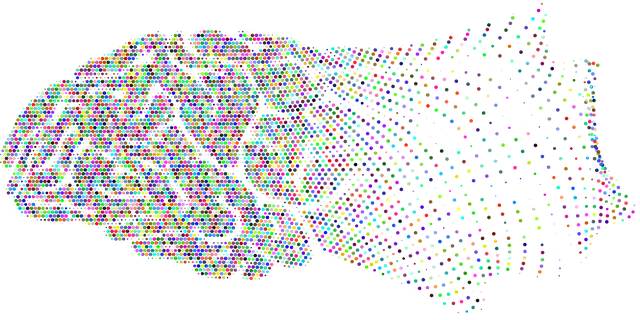Greenwood Village Codependency Therapy utilizes the RFM (Resilience, Flexibility, Mastery) framework to help individuals overcome codependency and improve mental well-being. Through structured exercises like mindfulness meditation, clients build resilience, develop coping strategies, and learn to make informed decisions. The RFM model focuses on self-care, social skills, and risk assessment tools for professional safety. Tailored interventions based on risk factors, behavior frequency, and motivation empower individuals to manage adversity and achieve long-term mental health resilience, enhancing their quality of life.
“In the realm of Greenwood Village codependency therapy, the RFM (Resilience, Flexibility, and Mastery) framework stands as a powerful tool for enhancing clients’ coping mechanisms. This article delves into the intricate details of RFM, exploring its role in building resilience. We examine practical exercises designed to empower clients and provide therapists with valuable strategies for implementation. By understanding and utilizing RFM techniques, therapists in Greenwood Village can offer transformative codependency therapy, fostering long-lasting resilience in their clients.”
- Understanding RFM: A Framework for Resilience in Greenwood Village Codependency Therapy
- The Role of Exercises in Building Resilience: Strategies for Clients
- Implementing RFM Techniques: Tips for Therapists in Greenwood Village Codependency Practice
Understanding RFM: A Framework for Resilience in Greenwood Village Codependency Therapy

In Greenwood Village Codependency Therapy, Understanding RFM (Resilience, Flexibility, and Mastery) is a foundational framework designed to empower individuals in navigating life’s challenges with resilience. This approach focuses on fostering self-care practices that promote emotional well-being, enhancing social skills training for effective interpersonal interactions, and integrating risk assessment tools tailored for mental health professionals to ensure client safety. By adopting the RFM model, therapy participants gain valuable skills to adapt to stressful situations, maintain their mental fortitude, and cultivate a sense of personal agency.
The RFM framework is particularly relevant in Greenwood Village Codependency Therapy, where the goal is not just to treat symptoms but to enable individuals to thrive despite external circumstances. Through structured exercises, clients learn to identify and modify maladaptive behaviors, develop coping strategies that support emotional regulation, and strengthen their capacity to make informed decisions. This holistic approach prepares them for long-term mental health resilience, ensuring they can effectively manage various life stressors and maintain a sense of balance and well-being.
The Role of Exercises in Building Resilience: Strategies for Clients

Exercises play a pivotal role in cultivating resilience among individuals seeking Greenwood Village codependency therapy. Through structured activities and practices, clients can develop coping mechanisms to navigate life’s challenges more effectively. One such powerful tool is mindfulness meditation, which helps individuals become more aware of their thoughts and emotions, fostering self-regulation and emotional stability.
Incorporating compassion cultivation practices into the therapeutic process further enhances resilience. Trauma support services often incorporate these techniques to help clients heal from past traumas, build positive relationships, and cultivate a sense of self-worth. By engaging in regular exercises that promote mindfulness and compassion, individuals can strengthen their ability to bounce back from adversity, ultimately leading to improved mental well-being and enhanced quality of life.
Implementing RFM Techniques: Tips for Therapists in Greenwood Village Codependency Practice

In Greenwood Village codependency therapy, incorporating RFM (Risk, Frequency, and Motivation) techniques can be a powerful tool for therapists. When assessing clients, therapists should focus on understanding the risk factors contributing to their codependent behaviors, tracking the frequency of these behaviors, and exploring their underlying motivations. By doing so, they can tailor interventions that address these specific aspects, enhancing the effectiveness of the therapy process.
For instance, engaging in open dialogue with clients about potential triggers, past traumas, or environmental influences can reveal risks associated with codependency. Mindfulness meditation exercises and emotional regulation strategies are valuable techniques to teach clients, helping them manage their responses to high-risk situations. Regularly reviewing these factors during therapy sessions allows therapists to adjust their approach, ensuring a more personalized and impactful experience for each client in Greenwood Village codependency practice.
Greenwood Village Codependency Therapy offers a unique approach to resilience building through its RFM (Recovery, Flexibility, and Mastery) framework. By incorporating targeted exercises, therapists can empower clients to navigate challenges with greater adaptability and strength. This article has explored the foundational concepts of RFM, practical strategies for clients, and valuable tips for therapists looking to integrate these techniques into their practice. By understanding and implementing these principles, therapists in Greenwood Village can facilitate profound personal growth and enhance the effectiveness of codependency therapy.














